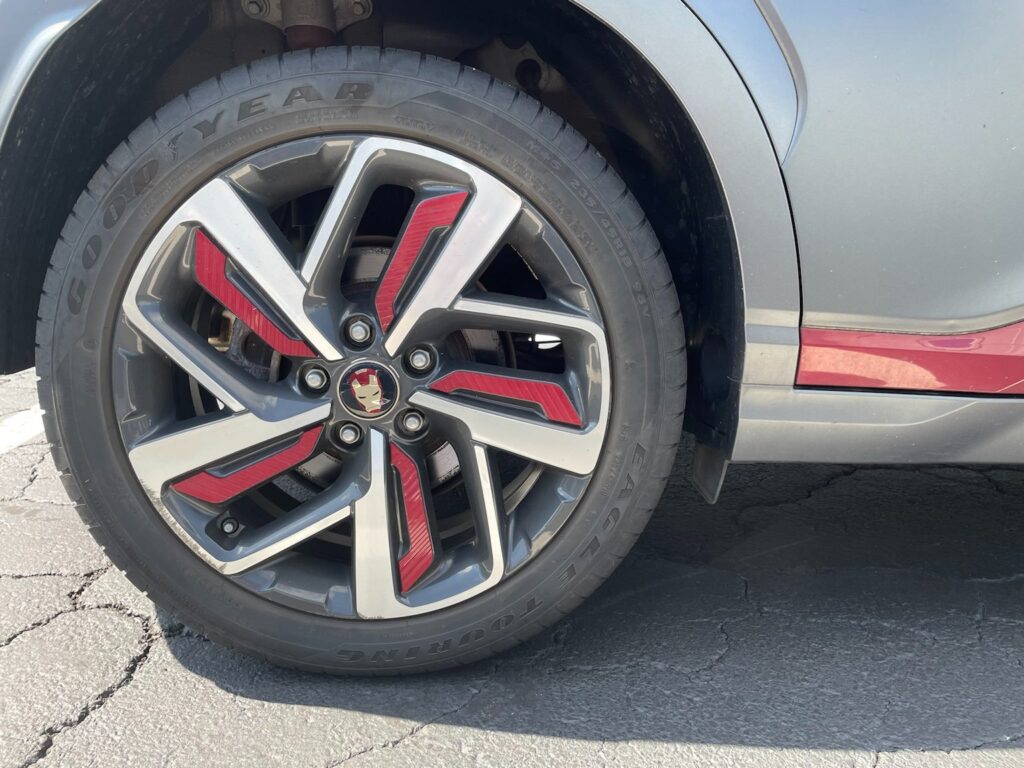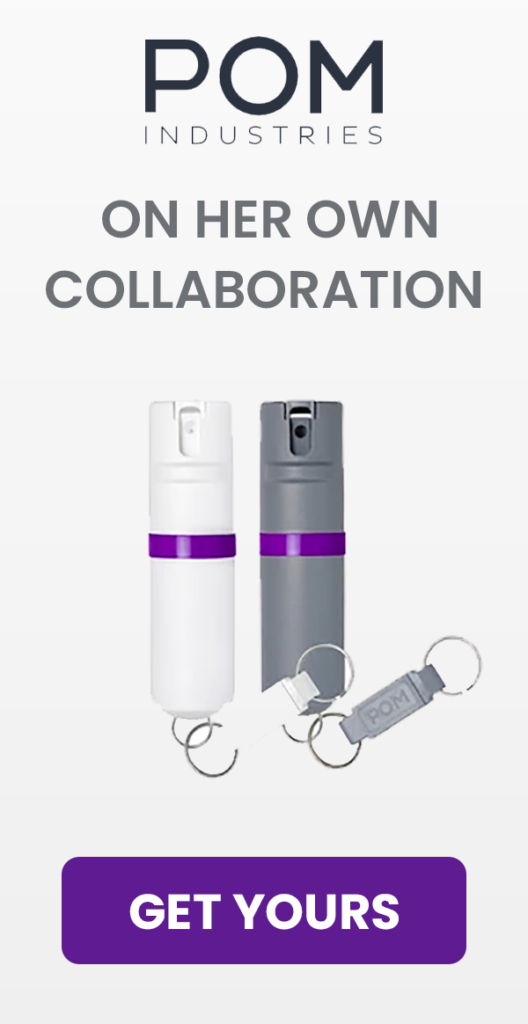
One of the tires on my car collected a screw recently, which I discovered suddenly and with some dismay on Saturday. As I was running around getting it taken care of, there were a number of things I knew that made me feel better about the situation, and at least one that made me a little ashamed that I wasn’t sure I could manage it. Flat tires are a fact of life for anyone who drives or rides any vehicle with inflatable tires, and being able to manage that particular problem is not only a matter of making your life more convenient, but also far more safe. After all, a sudden tire blowout can cause you to lose control of your vehicle and get into an accident, and even a slow leak that goes all the way flat can leave you stranded in sketchy surroundings if you don’t have a plan you can execute.
It starts by knowing the condition of your tires. Regardless of whether you drive a car or ride a motorcycle or bicycle, take a look at your tires at least occasionally. Knowing what they look like when they’re new and in good condition will help you spot problems down the line, and it takes only a few moments to glance at them for obvious problems like being visually deflated, having excessive wear on the treads, or even seeing screw or nail heads sticking out or bubbles or tears in the rubber. If you have electronic displays that can show you tire-related problems, learn which icon means a tire is getting low on air or how you get to the screen that can show current air pressure status. Get and learn how to use a tire pressure gauge (this is something I need to go out and do!). Pay attention to how your vehicle moves and sounds so that you can tell if something ain’t right. Even if you don’t know what’s wrong, being able to describe what’s going on that isn’t normal can help someone else diagnose the issue.
If – when – you notice an issue with your vehicle, you need to know what to do about it right then and there. If you’re riding or driving at that very moment, emergency maneuvers may be required to keep your vehicle safely on the road and in your lane. There are actually riding and driving schools that will teach you how to manage situations like that, but generally speaking, you will want to have a light foot on the gas, be gentle on the brakes, and steer carefully and smoothly. Either way, as soon as you reasonably can after you notice a problem, get your vehicle off the road, such as on the outside edge of the road’s shoulder or in a nearby parking lot or even a quieter side street. As much as you can, make sure the spot you end up is also safe for you, especially if you will need to exit your car. There are a distressing number of injuries and fatalities from very minor accidents that happen because someone involved stepped too close to an active roadway while someone else went whizzing by too quickly and too closely.
Then before you do anything else, call for help. The level of help you call for can vary based on how serious the problem seems, the environment of where you’ve had to stop your vehicle, and your level of preparation for dealing with it. Maybe you need to let a friend know where you’re stuck and to stand by in case you need a hand, and perhaps give you moral support in the meantime. Even if they aren’t a close friend or aren’t someone you feel you can ask to come help you, letting someone know where you are when you’re in a potentially dangerous situation can be key to a future rescue if it’s needed. It also be obvious that you need emergency services or a roadside assistance service or tow truck, and trying to talk yourself out of it in the moment is often a bad idea. Whatever it is, get word out about your problem as soon as possible because it will take time for in-person help to get to you if you do end up needing it.
Don’t forget that a slow leak or low tire might not require you to get off the road immediately. “As soon as you reasonably can” might mean a few miles or more so you can get home or to a gas station. There, you might be able to add air to the tire or even patch it. I’ll be honest: this is something I know how to do in theory, but I’m not actually positive I can do it in practice. I’ve been fortunate that I’ve always had someone to do it for me when I’ve needed to. While it may be more time-consuming to wait until a friend is available, it may be a valid option for you as it has been for me. It might be worthwhile to ask that friend to show you how it’s done when they can’t be there for you, though, for that time they can’t show up. It might also be valid to pay for roadside service through your dealership, insurance, credit card, or a separate service provider, which is what I do. After all, not all of us have a partner or geographically or emotionally close friends or family we can depend on, and paying a service to fill that role if we are able can be a wise use of money, and doesn’t make us any sort of weak because it’s still finding a way to get the thing done.
However, if your tire is actually flat, you will need to stop driving much sooner or you risk causing an accident or damaging more of your car. A new tire is one thing; new rims are another, often much larger, expense entirely. You might need to change it to a spare to avoid that, which means either doing it yourself or calling for that help we just talked about. Dealing with a flat can require a certain amount of physical force that you might not expect, so it’s important to not rely on watching some videos or reading your manual to figure out how to do it. Instead, actually practice it for real in a flat parking lot or driveway on a nice, sunny day when you aren’t in a rush trying to get somewhere. That’s a far better environment to learn how to set up a jack stand or to find out that you might need a more aggressive breaker bar, than, say, the side of a large interstate highway at night, in the rain, which is where I changed my first flat. Knowing how to do something like this means you always have the option, and can have that knowledge in your back pocket if and when you choose otherwise. Not much is more empowering than that, not just the being able to do but also the deciding if you do.
Flat tires are a common, simple problem. That doesn’t mean they’re easy to solve, if you don’t have a plan and the knowledge and skills to execute on that plan. What do you need to do to make sure you avoid extra drama and challenge with your next flat?




